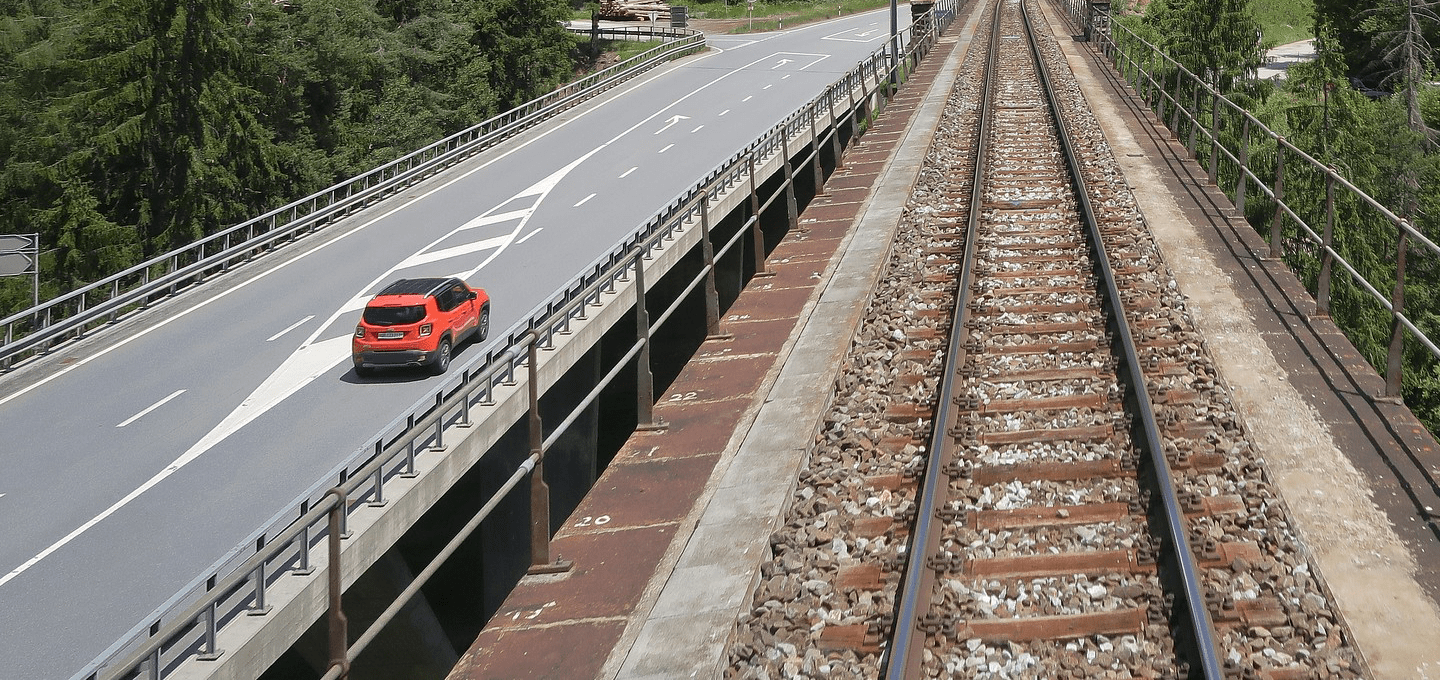Fostering a Culture of Health in Our Courses: HyFlex Course Design

We are all eagerly awaiting Georgia Tech’s plans for how Fall 2020 courses will operate. If in-person courses resume, faculty should consider ways that they can structure their courses to support students (and faculty) in making responsible decisions to protect the public health interests of their classmates and the entire Georgia Tech community.
HyFlex course design is one way to plan for a flexible semester.
HyFlex is an approach to course design that creates multiple pathways for students to complete a course, including face-to-face, online, and hybrid modalities (Educause 2010, 7 Things You Should Know about the HyFlex Course Model). In other words, for every assignment or learning activity a student would complete face-to-face, there is an equivalent assignment/activity a student can complete online.
In a recent interview on the Teaching in Higher Education podcast, David Rhoads explained that one approach to HyFlex courses may be similar to a flipped class where all students encounter information and other content online (e.g. through videos, readings, etc) and then use “class time” to engage with that content.
What distinguishes HyFlex courses from standard hybrid or blended courses is that in HyFlex a student may freely choose to stick with one modality the entire time, switch between them, or “double up” for extra study (Beatty 2019 Hybrid-Flexible Course Design).
In his dissertation research, Rhoads compared traditional semester-long courses to 5 week-HyFlex courses and found that there was no statistically significant difference in performance between the course types. However, there was greater satisfaction about the structure and clarity of expectations in the HyFlex courses
HyFlex courses do take more time for faculty to plan and build. For the students, they require more self-directed learning and time management, especially if they follow the online path. However, despite these trade-offs, HyFlex may help solve some of the unique challenges of teaching during the COVID-19 pandemic.
Because all pathways are designed to equally support student learning in the course, students should feel more comfortable to stay home and socially isolate if they suspect or know they’ve been exposed to COVID-19 or are sick themselves. This model also gives faculty the flexibility to stay home if they themselves are sick or have been exposed. And if the worst-case scenario happens and campus must close again in response to a second wave of the virus, HyFlex courses should be less disruptive to learning as were courses in Spring 2020.




